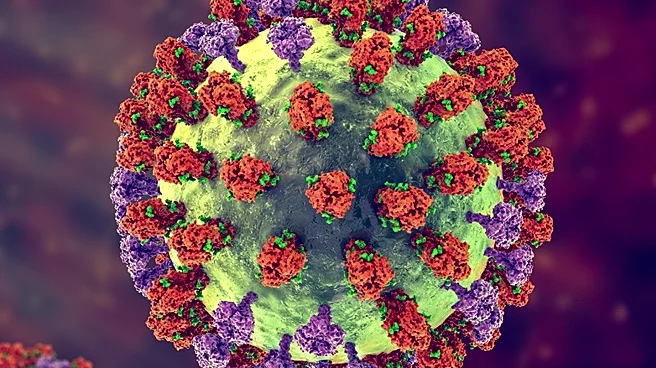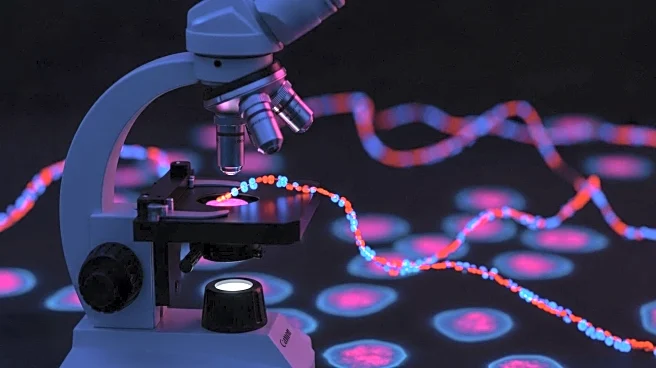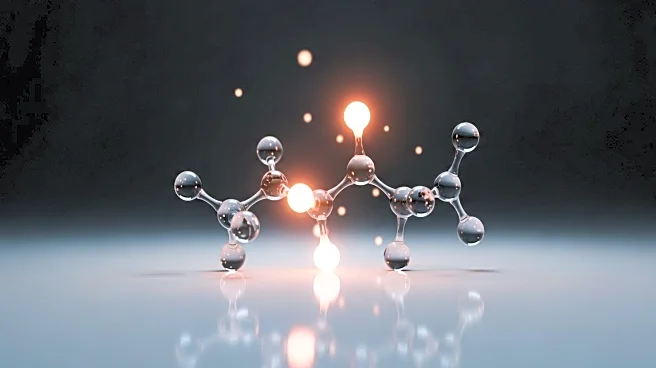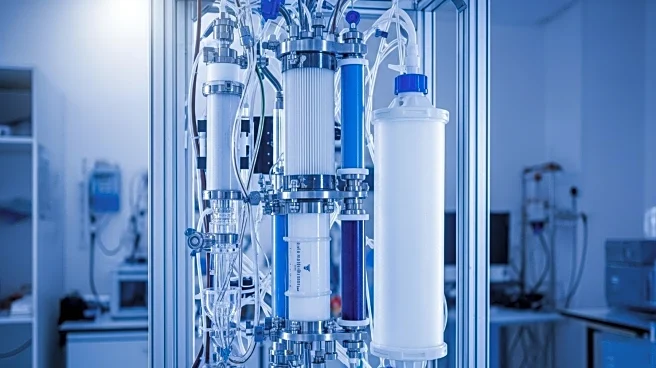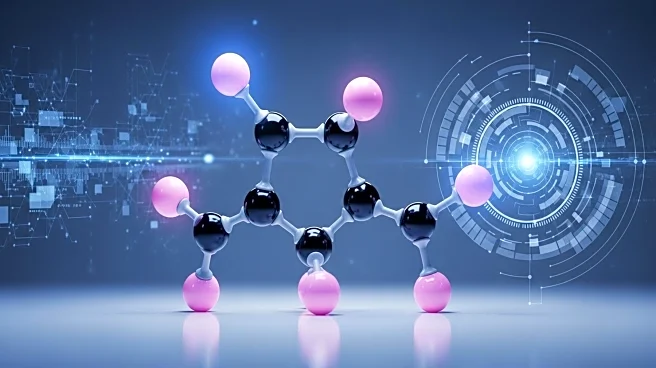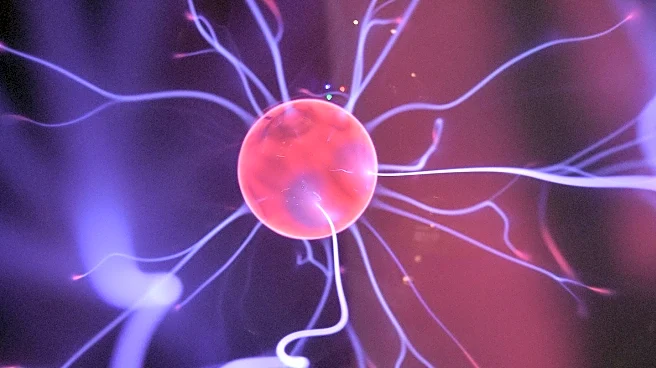What's Happening?
The global immunofluorescence assay market is expected to grow significantly, reaching $6.11 billion by 2034, up from $3.83 billion in 2025. This growth is driven by the increasing demand for precision medicine, advancements in diagnostic technologies, and the rising prevalence of chronic diseases. Immunofluorescence assays are crucial for identifying and localizing antigens in various tissues, aiding in disease diagnosis and research. The market is witnessing innovations in assay techniques, enhancing sensitivity and specificity, which are expected to fuel further growth.
Why It's Important?
The expansion of the immunofluorescence assay market reflects the growing emphasis on precision medicine and personalized healthcare. These assays play a vital role in diagnosing complex diseases, including cancer and autoimmune disorders, by providing detailed insights into cellular structures. The market's growth is likely to benefit pharmaceutical and biotechnology companies, as well as academic research institutions, by enabling more accurate and efficient diagnostic processes. This trend underscores the importance of continued investment in diagnostic technologies to improve healthcare outcomes.
What's Next?
As the market continues to grow, advancements in immunofluorescence assay techniques are expected to enhance diagnostic capabilities further. The development of new products and technologies will likely focus on increasing throughput and reducing costs, making these assays more accessible. The market is also poised for regional expansion, with Asia Pacific expected to experience the fastest growth due to increased healthcare spending and infrastructure development. Stakeholders in the healthcare and research sectors will need to adapt to these changes to capitalize on emerging opportunities.


